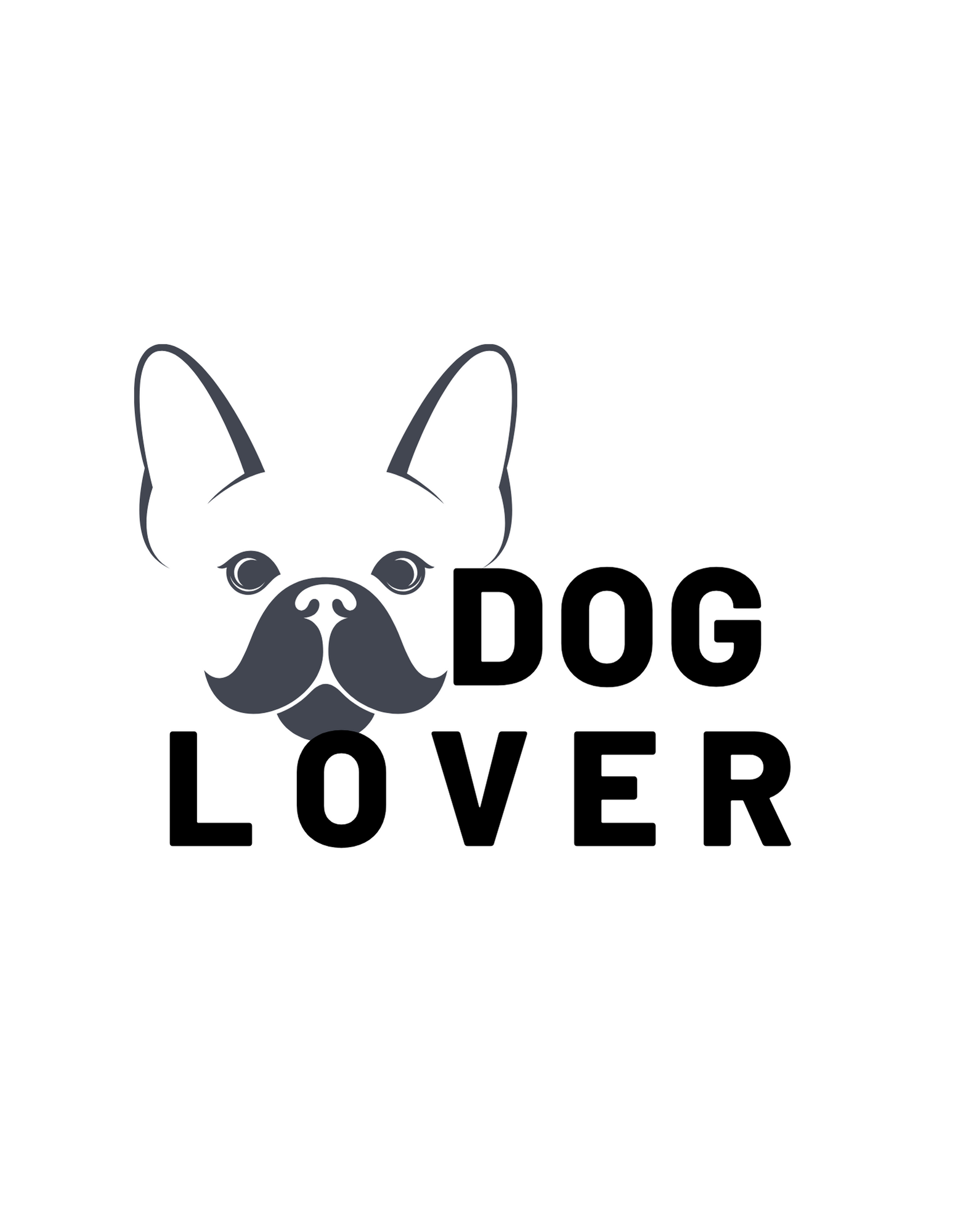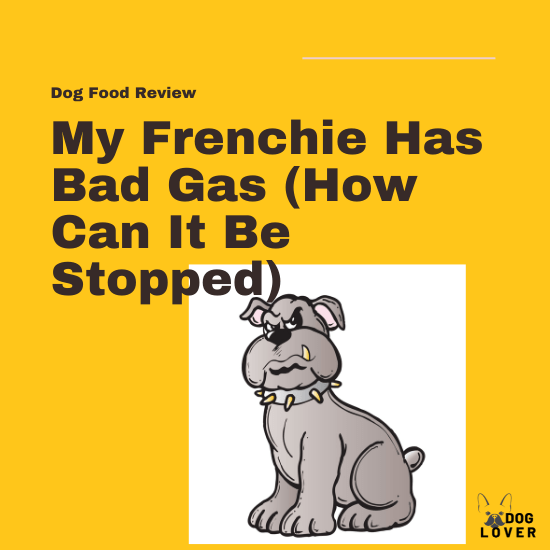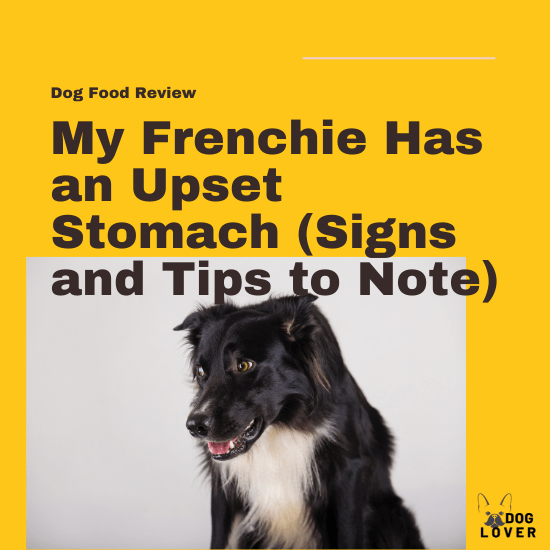Introduction
The popularity of grain-free diets for dogs has surged dramatically in recent years, transforming from a niche option to a mainstream choice occupying significant shelf space in pet stores nationwide.
Marketing for these products often suggests they’re more natural, healthier, and better aligned with a dog’s ancestral diet. But what does the scientific evidence actually tell us about grain-free diets?
This comprehensive guide examines the claims, risks, and realities of grain-free feeding to help pet owners make informed decisions about their dog’s nutrition.
Understanding Grain-Free Diets
What Makes a Diet “Grain-Free”?
Grain-free diets exclude grains such as wheat, corn, rice, barley, oats, and rye. Instead, they typically use alternative carbohydrate sources including:
- Legumes (peas, lentils, chickpeas)
- Potatoes and sweet potatoes
- Tapioca
- Quinoa (technically a seed, not a grain)
The Rise of the Grain-Free Movement
The grain-free trend gained momentum alongside similar movements in human nutrition (like paleo and gluten-free diets).
Marketing for these products often employs compelling narratives about wolves’ diets and claims about grain allergies that resonate with pet owners wanting the best for their animals.
Common Claims About Grain-Free Diets: Fact vs. Fiction
Claim #1: “Dogs Are Allergic to Grains”
The Evidence: This is largely a myth. While food allergies do occur in dogs, they are relatively uncommon (affecting roughly 10% of dogs with skin issues). Of these cases, the vast majority of allergic reactions are triggered by protein sources like beef, dairy, chicken, and eggs—not grains.
In fact, true grain allergies are quite rare in dogs, with wheat allergies representing a very small percentage of all food allergies.
Claim #2: “Grain-Free is More Natural for Dogs”
The Evidence: Domestic dogs evolved alongside humans for thousands of years, with studies indicating genetic adaptations specifically for digesting starches.
During domestication, dogs developed significant genetic differences from wolves, including 3-5 times more amylase-coding genes (enzymes that break down starches).
This suggests dogs are well-equipped to digest and utilize properly cooked grains as energy sources.
Claim #3: “Grain-Free Diets Improve Digestion”
The Evidence: No scientific evidence shows that grain-free diets inherently improve digestion in healthy dogs. In fact, whole grains can provide beneficial fiber that supports digestive health.
Digestibility depends more on the quality of ingredients and processing methods than simply the presence or absence of grains.
The DCM Connection: Understanding the Concerns
The FDA Investigation
In July 2018, the FDA announced an investigation into a potential connection between grain-free diets and dilated cardiomyopathy (DCM) in dogs. This investigation was prompted by an unusual pattern observed by veterinary cardiologists: cases of DCM appearing in dog breeds not typically predisposed to the condition.
Key findings from the investigation included:
- Over 90% of reported products were labeled as “grain-free”
- Most implicated foods contained peas, lentils, or other legume seeds as main ingredients
- By April 2019, the FDA had received 515 reports of DCM in dogs not genetically predisposed to the condition
- Breeds affected included many not typically associated with DCM, such as Golden Retrievers, Labrador Retrievers, Whippets, and mixed breeds
The Taurine Connection
DCM in dogs has been associated with taurine deficiency, although the relationship between grain-free diets and taurine levels appears complex:
- Taurine is an amino acid important for heart health
- Dogs can synthesize taurine from methionine and cysteine (sulfur-containing amino acids)
- Several factors in grain-free diets may affect taurine status:
- Plant proteins (like those in legumes) are generally lower in taurine precursors
- Certain fibers may increase fecal taurine loss
- Specific ingredients may interfere with taurine metabolism
- Cooking methods and processing can affect taurine availability
Interestingly, not all dogs on grain-free diets develop taurine deficiency, and not all dogs with DCM have low taurine levels. This suggests multiple factors may be at play.
Potential Mechanisms
Current research suggests several possible mechanisms for how certain grain-free diets might contribute to heart issues:
- Inadequate precursors: Insufficient dietary methionine and cysteine for taurine synthesis
- Anti-nutritional factors: Components in certain legumes that may interfere with nutrient absorption
- Altered gut microbiome: Changes in gut bacteria that affect taurine metabolism
- Increased fecal loss: Higher fiber content leading to greater taurine excretion
- Dietary interactions: Complex interactions between ingredients affecting nutrient bioavailability
Research specifically highlighted wrinkled pea diets as causing concerning cardiac changes in laboratory Beagles after just 28 days, including:
- Increased left ventricular diameter at systole
- Decreased stroke volume
- Elevated plasma NT-ProBNP (a marker for cardiac stress)
- Lower heart rate
Who Might Actually Benefit from Grain-Free Diets?
While grain-free diets pose potential risks for many dogs, they may be appropriate in specific situations:
- Dogs with confirmed grain allergies (which are rare)
- Dogs with certain diagnosed digestive conditions that respond well to specific dietary modifications
- Cases where a veterinary nutritionist has recommended a grain-free diet for a specific medical reason
Nutritional Considerations of Grain-Free Diets
Potential Nutritional Disadvantages
Compared to grain-containing diets, grain-free formulations often:
- Provide less dietary fiber (depending on the alternative ingredients used)
- Contain higher fat content, potentially leading to increased calorie density
- May have different amino acid profiles, especially regarding sulfur-containing amino acids
- Might include more novel ingredients with less established nutritional profiles
A 2018 study comparing gluten-free and gluten-containing diets (in humans) found that gluten-free diets were often lower in protein, magnesium, potassium, vitamin E, and folate, while higher in fat—suggesting possible parallels with grain-free pet foods.
Making Informed Decisions: Guidelines for Pet Owners
When Evaluating Dog Foods:
- Consult your veterinarian: Discuss your dog’s specific nutritional needs, considering age, activity level, breed, and health status
- Look for AAFCO compliance: Ensure the food meets AAFCO standards for being “complete and balanced”
- Research the manufacturer: Choose companies with strong quality control, employing board-certified veterinary nutritionists, and conducting feeding trials
- Consider the actual nutrient profile: Focus on the nutritional adequacy rather than just ingredient lists
- Be cautious about marketing claims: Many claims about grain-free benefits lack scientific support
For Dogs Currently on Grain-Free Diets:
If your dog is currently on a grain-free diet and you’re concerned, consider these steps:
- Consult your veterinarian: Discuss testing options, including taurine levels and cardiac evaluation if appropriate
- Consider a gradual transition: If advised, slowly transition to a high-quality grain-inclusive diet
- Monitor for improvements: Watch for changes in energy, coat condition, digestion, and overall wellbeing
- Follow up as recommended: Some dogs with DCM have shown improvement after dietary changes and supplementation
Warning Signs to Watch For:
Dogs with diet-related heart issues might display symptoms including:
- Decreased exercise tolerance
- Coughing
- Difficulty breathing
- Weakness or collapse
- Loss of appetite
- Distended abdomen
If you notice these signs, seek veterinary care immediately.
Documented Cases of Improvement
Several studies and case reports have documented improvements in dogs with DCM after diet changes:
- Dogs previously fed pulse-inclusive diets showed improved cardiac function after switching to diets without pulses or potatoes
- Some dogs with subclinical DCM experienced complete reversal of cardiac changes after diet modification
- Taurine supplementation has been beneficial in some cases, particularly for breeds like American Cocker Spaniels
The Role of Grains in Canine Nutrition
Contrary to grain-free marketing, grains can provide valuable nutrients for dogs:
- Essential nutrients: Whole grains supply vitamins, minerals, essential fatty acids, and protein
- Digestible energy: Properly processed grains have high digestibility and provide efficient energy
- Fiber source: Dietary fiber supports gut health and proper digestion
- Functional ingredients: Some grain components may have beneficial effects on immune function
Rice in particular has been highlighted as beneficial due to its high digestibility, low fiber content, and hypoallergenic properties.
Conclusion: A Balanced Perspective
The scientific evidence does not support the notion that grain-free diets are inherently better for dogs. In fact, for many dogs, these diets may carry unnecessary risks without providing proven benefits.
The best approach to canine nutrition involves:
- Individualization: Recognizing that nutritional needs vary based on the specific dog
- Evidence-based choices: Making decisions based on scientific research rather than marketing claims
- Professional guidance: Working with veterinarians to develop appropriate feeding strategies
- Ongoing monitoring: Paying attention to how your dog responds to their diet
While diet trends will continue to evolve, focusing on proven nutritional science—rather than marketing claims—remains the most reliable path to keeping our canine companions healthy and thriving.
References
The information in this guide is based on scientific studies, FDA reports, and veterinary consensus. Always consult with a veterinary professional for personalized nutritional advice for your pet.


